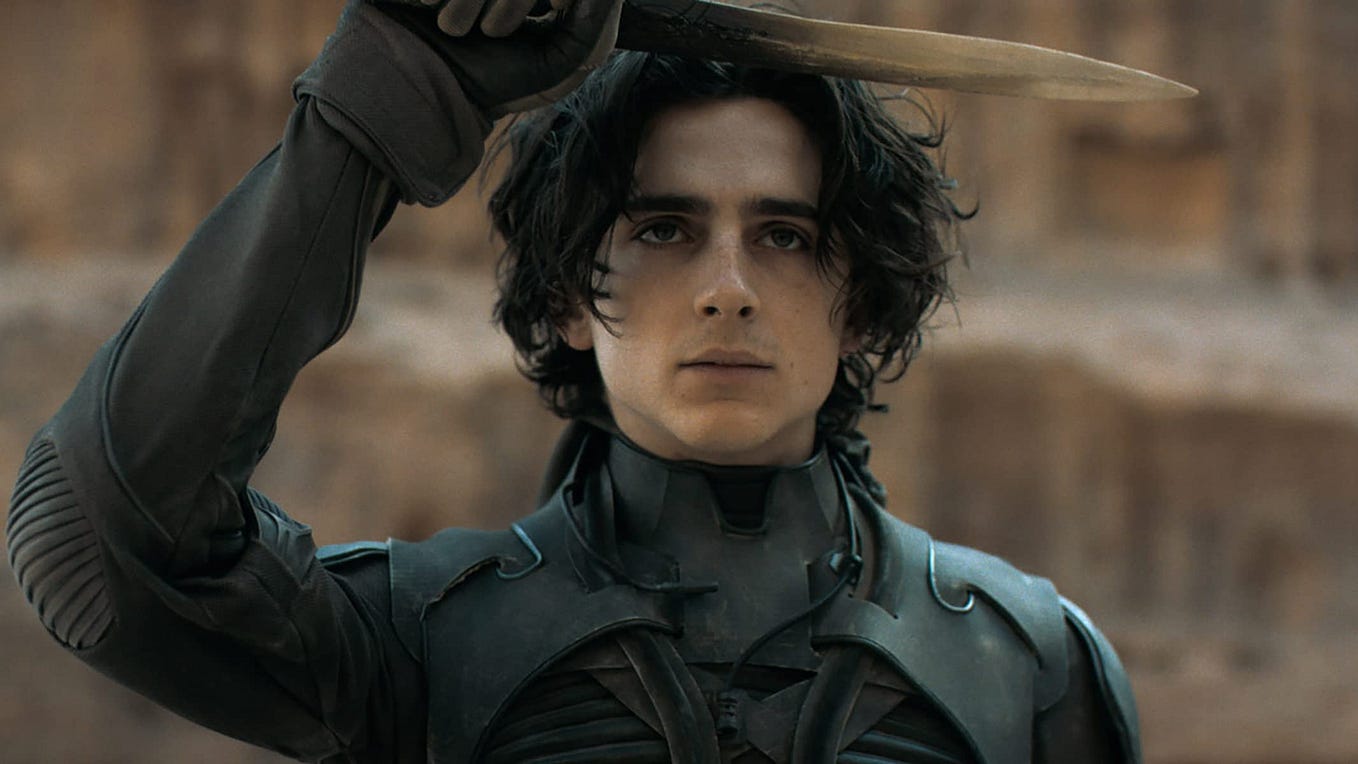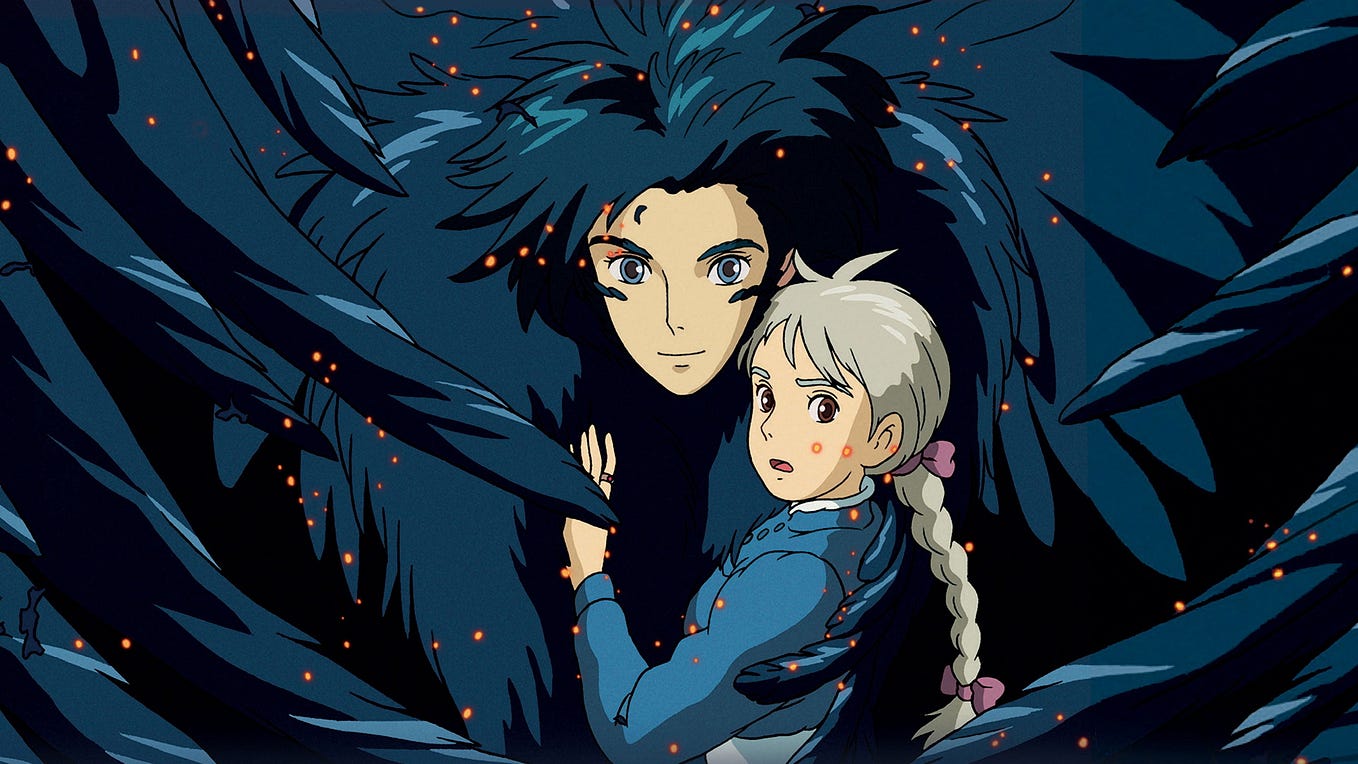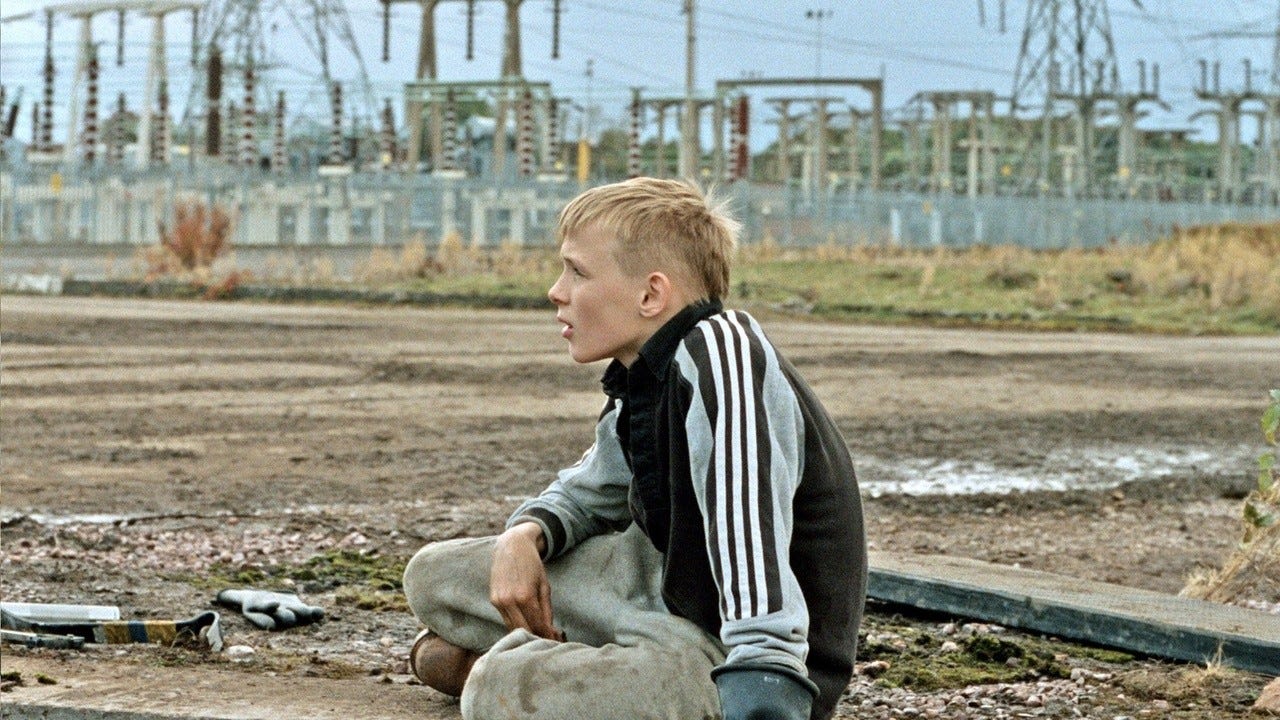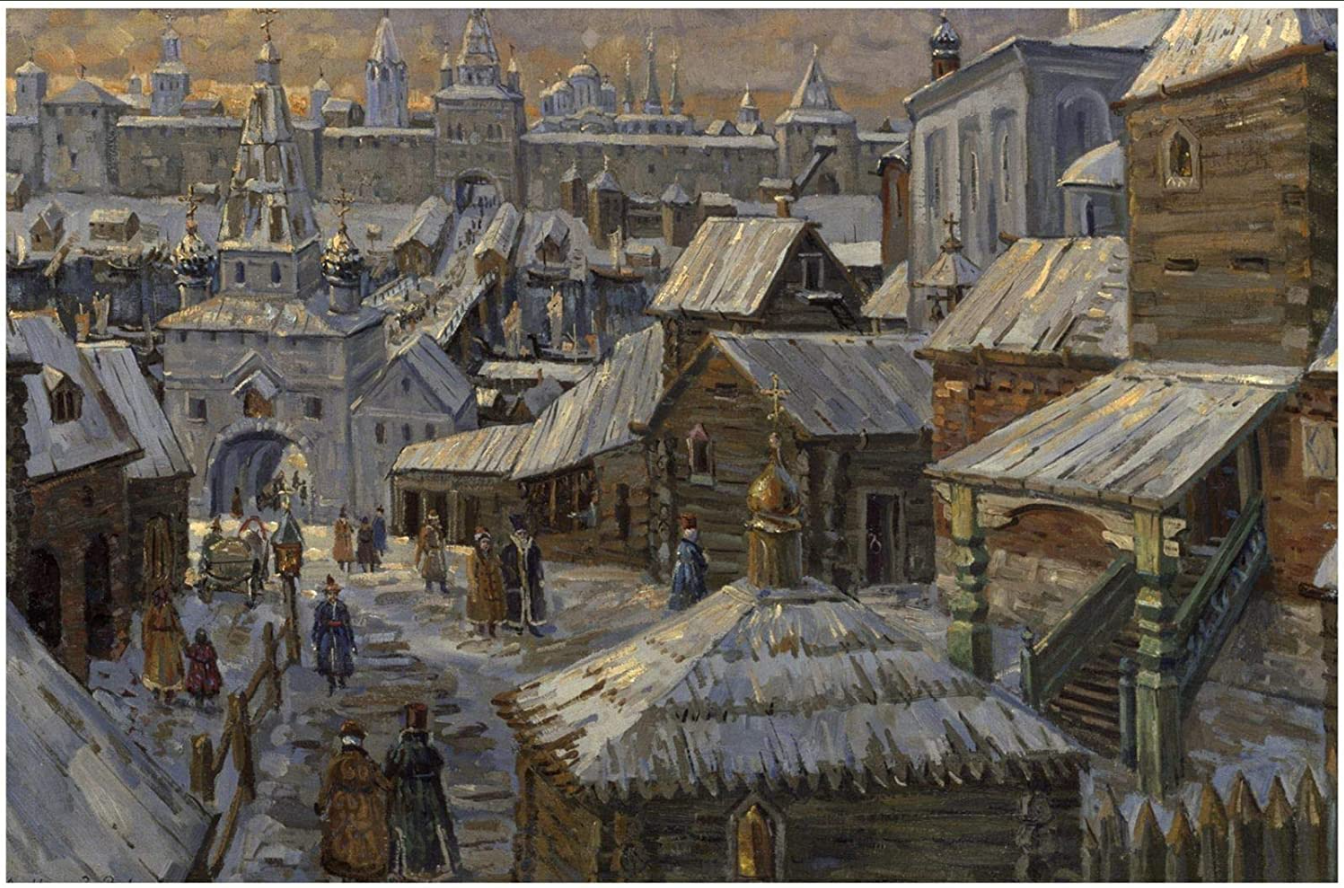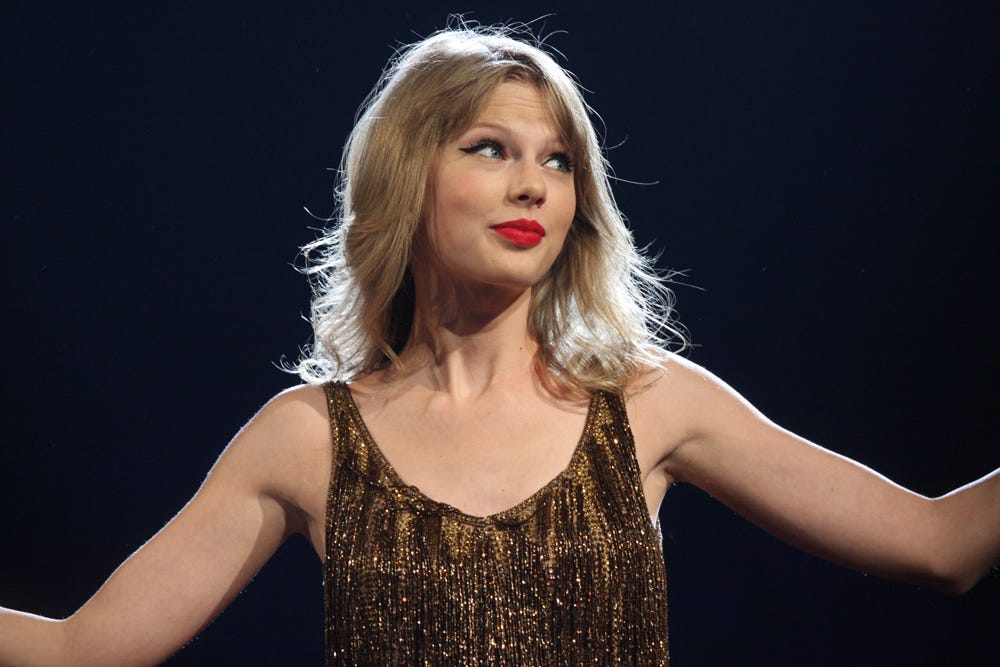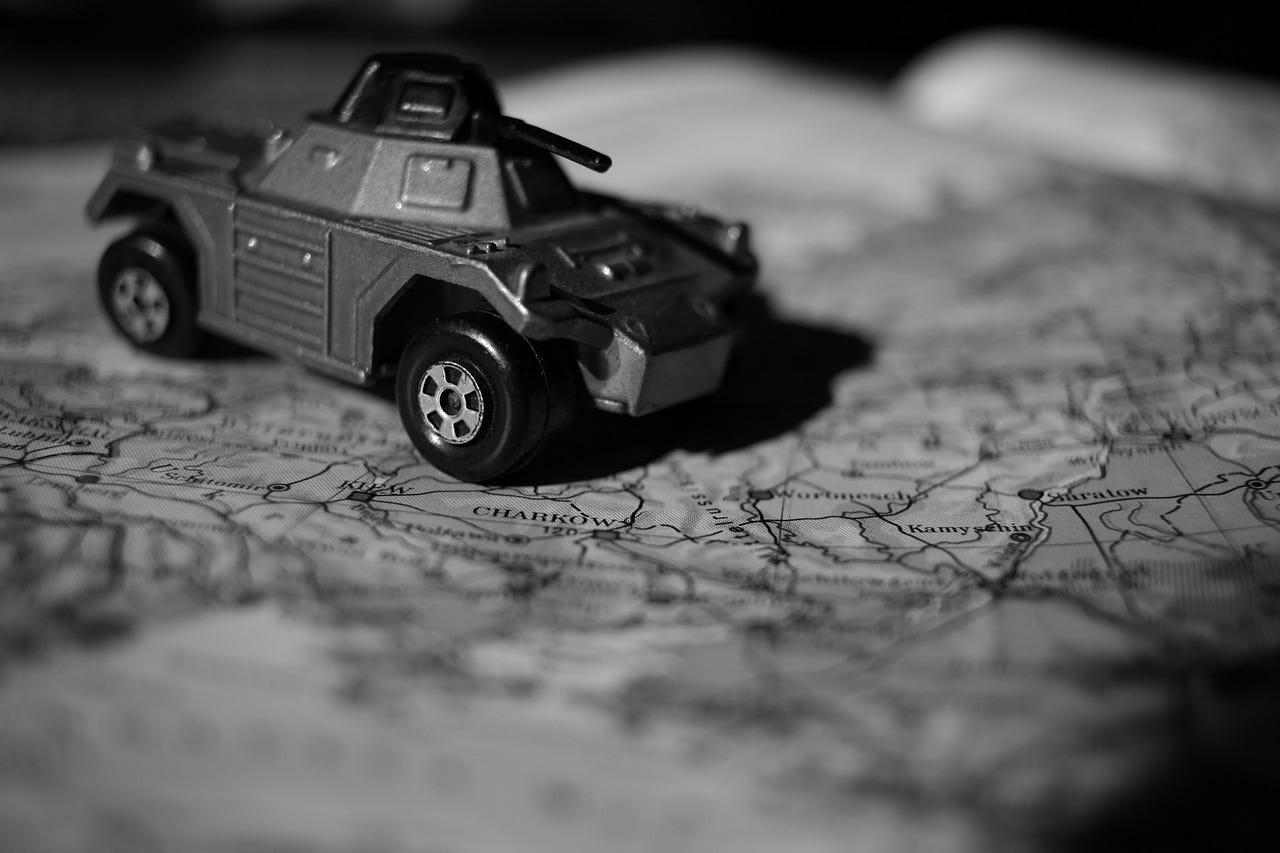Review: ‘Bone Tomahawk’, an Essential Revisionist Western
Tackling S. Craig Zahler’s brilliant, if troubling, take on the Wild West
Bone Tomahawk is a tough watch. If you’ve seen it, you know exactly why. If you haven’t, I must warn you before you watch it that it is brutal. I am a fan of a lot of extreme cinema, but this one pushes my boundaries at times. It’s incredibly violent and grim.
Beyond the film’s shocking physical violence, which is as visceral as violence on film can get, is a troubling representation of Native Americans. The film’s story is intentionally very simple — after their town is attacked and some of its people are kidnapped, a group of four men must travel to the group of (Native American) kidnappers, kill them and save their townspeople. There is more nuance to it than that, but that’s the basis.
It sounds like your classic western. A sheriff (Kurt Russell, in this case) must kill the ‘Injuns’ and save his (white) town. We’ve seen John Wayne do it a thousand times, and he always smiles through it.
Here, though, writer/director S. Craig Zahler chooses to challenge and reckon with the traditional western. I don’t think that, as a revisionist western, this digs into the brutality of the West in the same way that Clint Eastwood did with Unforgiven or in the same way that Cormac McCarthy has as an author, but Zahler is definitely going against the grain with Bone Tomahawk. I wish he went a little further, but he stops before getting to the key point.
The intention of the revisionist western is to look back on the now pretty much dead genre and to assess why it died. Of course, the main reasons are a loss of interest in an often repetitive genre and a disdain for the level of racism shown in these films. They came to represent conservative ideals far too much, namely because John Wayne was at the forefront of the genre (and still comes to mind first as mere mention of the word ‘western’). There have been many revisionist westerns, most of which are good, from a number of directors. They touch on how women were treated in the west (see Tommy Lee Jones’ The Homesman for example), the racism of the 1800s and early 1900s and just how brutal many of the western ‘heroes’ really were. John Wayne’s image is changed into one of a complicated anti-hero, a brutal man who kills for revenge or for love but who isn’t particularly happy about it. Unforgiven is the cornerstone for this sub-genre.
Zahler does investigate some of these ideas. Patrick Wilson’s character, Arthur O’Dwyer, is disabled by a major leg injury and still chooses to travel to kill the Native American kidnappers and save his wife. He is only killing out of love, and the film implicitly runs with the idea that slaughtering this entire Native American tribe is okay because of their incredibly violent acts. How can we feel sorry for somebody when they do not speak English on screen, they eat people and when we see one act of violence (which I am about to spoil, skip to the next paragraph if you want to avoid this!) so incredibly extreme that it made me wince — a man, fully awake, is scalped on-screen. His scalp is then forced into his mouth and hammered in using a bone, before he is then turned upside-down and split in half by the tribe who smash a weapon made of bone into his pelvis and tear him in two.
This incredible exploitation-style violence is shocking to such a degree that the villains of the film are completely dehumanised. They become animals. They hunt in silence, they wear the bones of animals to strike fear into others, they communicate in whistles. They eat people. There is not one single second which empathises with them at all, outside of one throwaway line in which somebody shares that the tribe is doing all of this because a criminal, who hid in the town which Russell’s sheriff presides over, desecrated a burial ground (another stereotype/cliche of Native Americans, as is the scalping).
Before our four heroes set off on their bleak adventure to save their town-mates, one Native American character who lives in the town (which implies a certain respect for him, that he is ‘not like the others’) speaks about this unnamed tribe. Even he disowns them, saying that they aren’t engaged with by any Native Americans in a clear attempt on Zahler’s behalf to sidestep any criticism regarding race in connection to the film. It’s lazy and sloppy, but he tried. Personally, that one moment is not enough for me to forgive the film for its racism and othering, but I can understand it at the very least. I can see why Zahler might think it was okay to do this. I don’t like it, but I also cannot deny the stunning power of this film. It’s one you have to wrestle with, but it’s excellent.
Zahler carries the buddy western, as our four heroes are almost always at odds with one another (which are often played for comedy, particularly with Richard Jenkins’ character Chicory), and merges it with the exploitation horror film. It’s a really admirable idea, and it works brilliantly. The first hour is quite casual in its pacing, suggesting to us a certain innocence to the film which gradually becomes darker before it moves into utter insanity for its last 45 minutes or so.
The performances are all terrific, especially from Kurt Russell, Richard Jenkins and Patrick Wilson, as is Zahler’s style. His other films are stronger formally, but there is little wrong with Bone Tomahawk presentation. It’s lean, brutal and expansive in a very satisfying way.
The sound design especially stands out, too, as the use of a whistle has never sent such a chill down my spine as it does here. The same can be said for those petrifying shrieks from one of the tribe members. Terrific use of sound, absolutely bone-chilling every time — maybe scarier, even, than the violence! How sudden that violence is, though, plays an important part too. Rocks and arrows fly from out of nowhere and have struck our heroes before we know anything has happened, leaving them badly wounded. The fear generated by having this sinister, mostly unseen evil present is overwhelming.
Bone Tomahawk works, and I mean really works, when it is looking back and challenging the western — when it is highlighting how terrifying and violent these times were. Its moments of camaraderie never really lend any levity, but rather serve to make the moments of darkness that much more frightening and alarming. It’s a massive shame that the film reflects the racism of the time in a way that is never challenged. Whether Zahler would excuse that (if he would at all) by saying that it’s true to the time he’s representing doesn’t really matter — there is plenty of space to move away from such a negative representation of Native Americans, one which literally turns them into terrifying monsters. Still, that racism feeds into the film’s ugliness. This is an essential revisionist western film because of that extreme ugliness and harshness. It is showing us the brutality of the West, and my God… it’s brutal.
For more from me on film, see the list below:


Alternatively, if you want to support my writing, you can donate using Ko-fi.

